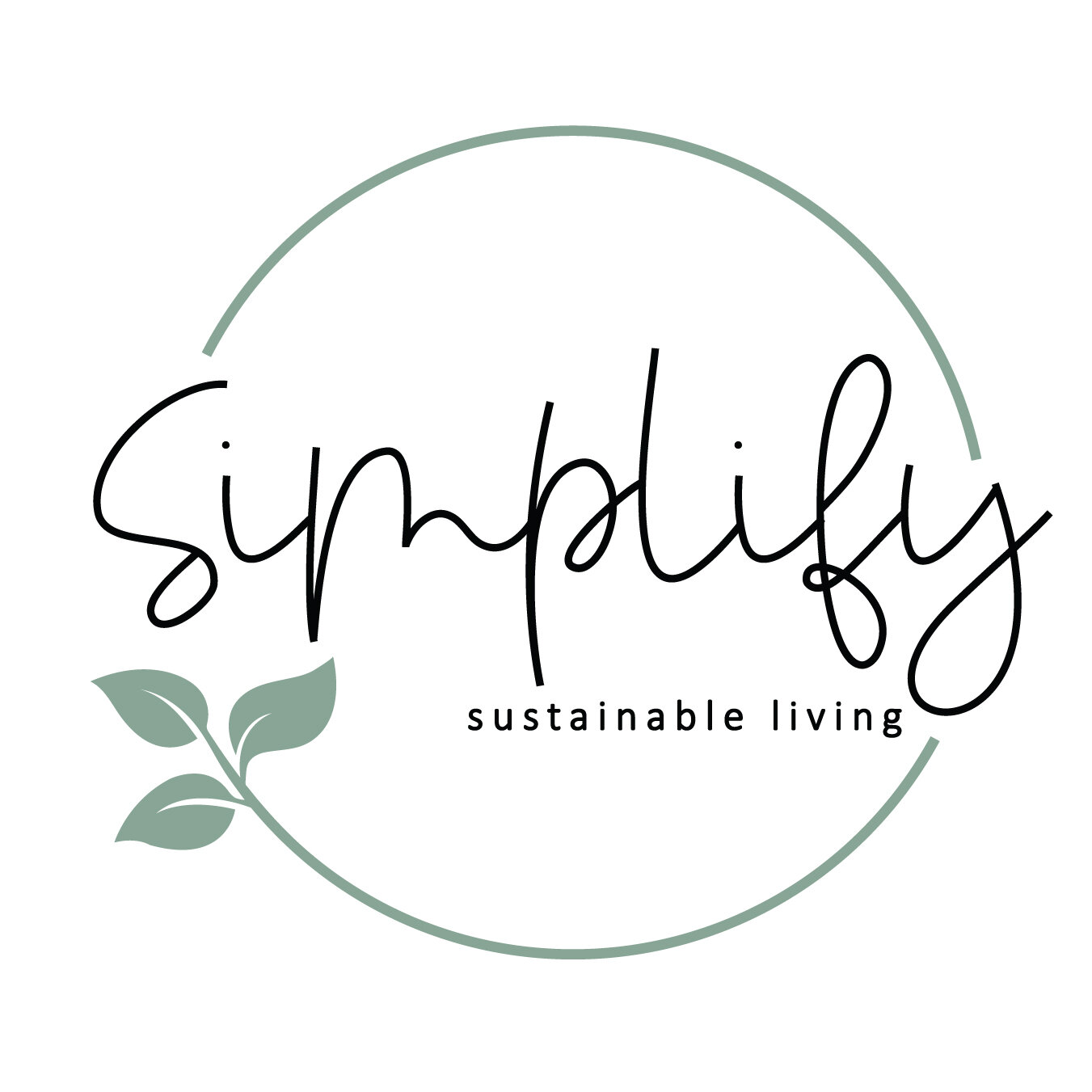Reduce, Reuse, Recycle - In That Order!
When you’re starting out on a sustainable lifestyle it can be overwhelming. You might be asking yourself, “How do I implement sustainable strategies in my day-to-day life?” I’ve got good news – you probably already know where to start! The answer? Reduce, reuse, recycle!
That’s right, it can be that simple. Today, I want to talk about how to improve sustainability by implementing Reduce, Reuse, Recycle – in that order!
Reduce
The goal for a sustainable lifestyle is ultimately to reduce your waste to zero (that’s why it’s called zero waste). Of course this transition takes time and in our current society may not be entirely possible for everyone, but we can all take steps to reduce waste in our everyday lives.
Here are a few easy steps to get started:
1. Reduce While Shopping
This often means reducing how much you buy. But it also means being contentious about what you buy. Consider buying quality items that you can use for a long time to reduce the amount you send to the landfill.
Just as important, reduce your packaging while shopping. So many products are wrapped with unsustainable packaging so try to choose items with less packaging or reusable/recyclable packaging.
Before you buy - ask yourself:
· Do I need this?
· Will I use this?
· Does this align with my sustainable goals?
2. Reduce Food Waste
It’s easy to over buy food (especially if you’re shopping hungry), but even if you buy “healthy foods” you don’t normally eat with good intentions it doesn’t do any good sitting forgotten in the back of the fridge. To avoid food waste, try these solutions:
· Meal planning helps you buy only what you need
· Buying for a few days instead of for the week
· Freezing in individual portions instead of large containers.
· Plant a garden or join a community garden
· Composting (if your community has an organics program take advantage of it)
3. Replace Single Use Items
Saying no to single-use items reduces the waste going to landfills. This might be as simple as saying no to the plastic samples at the dentist – the toothbrush, toy, and baggy; using reusable containers instead of plastic bags; or replacing your paper towel with cloth or unpaper towels instead.
4. Take Care
One of the easiest ways to reduce waste is just to take care of what you already have! Hand wash clothes if they say to hand wash. Hang clothes to dry whenever possible. Use protectants and conditioners for your leather goods. Don’t leave your belongings outside in the elements. And (maybe most important) buy good quality items to start.
Reuse
When it comes to reusing we should first take a look at what we already have because there’s a lot for us to reuse at home. While it’s great to replace unsustainable items with alternatives, you can’t forget about the items you already have!
Let’s think about it. You might want to use shampoo and soap bars, but what about the full bottles in your shower? Or maybe you’d like to purchase beeswax wrap to use instead of your plastic food wrap. Both of these are amazing reusable products to purchase, but we can’t forget to use up what we already have. This leaves you with two options:
Use up what you already have
Give it away to someone who will use it
Once you’ve used up these less sustainable items, consider what you can reuse from your home. Have excess jars or empty essential oil bottles? Check to see if there’s a refillery or zero waste store in your area and give those vessels another use!
Another R that’s gaining traction is Repurpose (which to me falls under Reuse). Think about items you own and how you can give them renewed purpose - can you give your old t-shirts a new life as a rag?
Recycle
Recycling uses a fair amount of water, consumes additional energy, and many items are downcycled into a lesser product which is why recycling should be our last line of defense.
We should always look for alternatives to recycling. This might mean changing our habits to have to-go cups, reusable containers, and utensils with us when we head out of the house so it’s handy when we want some food on the go.
Another option is looking for ways to upcycle instead of recycle. Did you know you can donate unused and unopened toiletries and cleaning supplies to the food bank or your local homeless shelter? See my article on Bunz to learn more about upcycling your used goods.
For some items though, recycling is our best or only option. Get creative and do your research about what unique items are accepted at your local recycling depot and local businesses (did you know there’s a program to recycle contact lenses in Canada?).
Now that you know the basics of the three R’s it’s time to get started! If you’re wondering how to integrate this advice into your daily life, check out my post on How to Make Sustainability a Habit.
